Conversational AI for Remote Patient Monitoring in Chronic Care
Revolutionize chronic care! Makebot’s AI powers real-time remote monitoring & personalized support.


The healthcare landscape is experiencing a fundamental shift as chronic diseases become increasingly prevalent, affecting 6 in 10 Americans and accounting for $4.5 trillion in healthcare spending annually. Traditional appointment-based care models are struggling to keep pace with the growing demands of chronic disease management, creating an urgent need for innovative solutions that can provide continuous, personalized care outside clinical settings.
Conversational AI is emerging as a game-changing technology that bridges this gap, offering sophisticated natural language processing capabilities that enable human-like interactions between patients, providers, and healthcare systems. Unlike basic chatbots that rely on scripted responses, conversational AI leverages advanced machine learning algorithms to understand context, maintain conversation history, and adapt responses based on real-time patient data and clinical guidelines.
OpenAI Launches GPT-4.5: Advancing Conversational AI with Enhanced Knowledge and Reduced Hallucinations. Read more here!

The Evolution of Remote Patient Monitoring Through AI Integration
Remote Patient Monitoring has evolved from simple vital sign tracking to comprehensive, AI-driven healthcare ecosystems. The global RPM market, valued at $50.39 billion in 2024, is projected to reach $203.68 billion by 2032, representing a compound annual growth rate (CAGR) of 19.1%. This explosive growth is driven by the integration of artificial intelligence technologies that transform raw patient data into actionable clinical insights.
The convergence of conversational AI and RPM creates a powerful synergy that addresses multiple healthcare challenges simultaneously. Research indicates that AI in healthcare can reduce hospital readmissions by up to 38%, while improving medication adherence rates by 2.5 times compared to traditional monitoring methods. For diabetes patients alone, a 10% improvement in medication adherence can reduce healthcare costs by 8.6% to 28.9% annually.
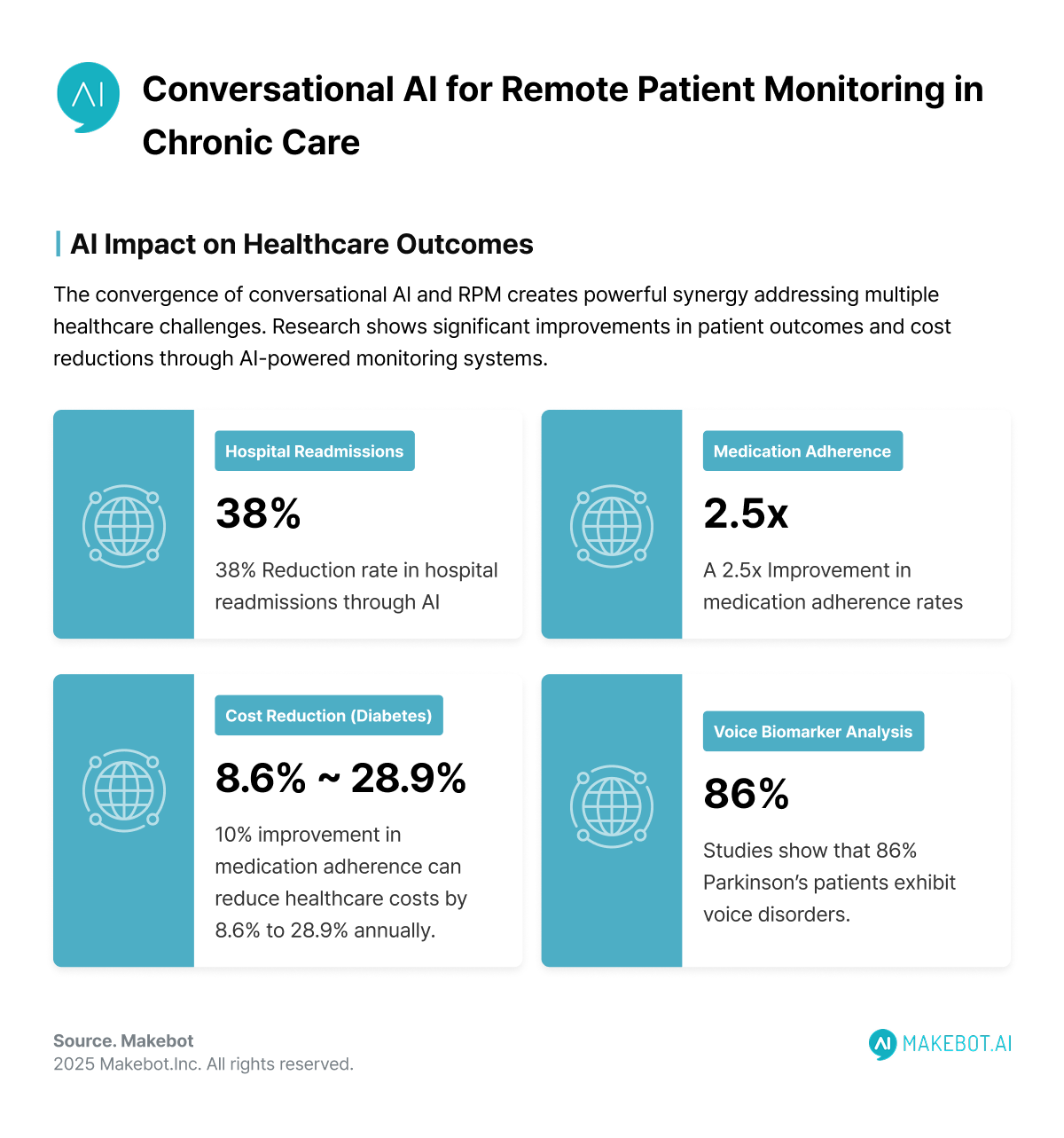
Technical Architecture of Conversational AI in RPM Systems
Modern conversational AI-powered RPM systems operate on sophisticated multi-layered architectures that integrate:
1. Advanced Natural Language Processing (NLP)
- Sentiment Analysis: AI algorithms analyze patient voice patterns and text communications to detect emotional distress, anxiety, or depression indicators
- Multi-language Support: Systems support dozens of languages and dialects, addressing the needs of diverse patient populations. For example, about 40% of Wolters Kluwer Health's journey series are offered in both English and Spanish
- Voice Biomarker Analysis: Advanced acoustic analysis can identify early indicators of conditions like Parkinson's disease, respiratory issues, or cognitive decline. Studies show that 86% of Parkinson's patients exhibit voice disorders.
2. Real-Time Data Integration
- IoT Sensor Networks: Seamless integration with wearable devices, blood pressure monitors, glucose meters, and other medical sensors
- Electronic Health Record (EHR) Connectivity: Bi-directional data flow with systems like Epic and Cerner for comprehensive patient profiles
- Cloud-Based Processing: Scalable infrastructure supporting millions of patient interactions simultaneously
3. Predictive Analytics Engine
- Machine Learning Models: Algorithms that learn from historical patient data to predict health deterioration
- Risk Stratification: Automated categorization of patients into low, medium, and high-risk groups
- Early Warning Systems: Proactive alerts for healthcare providers when patient metrics deviate from established baselines
Use Cases for Natural Language Processing in Healthcare. Read more here!
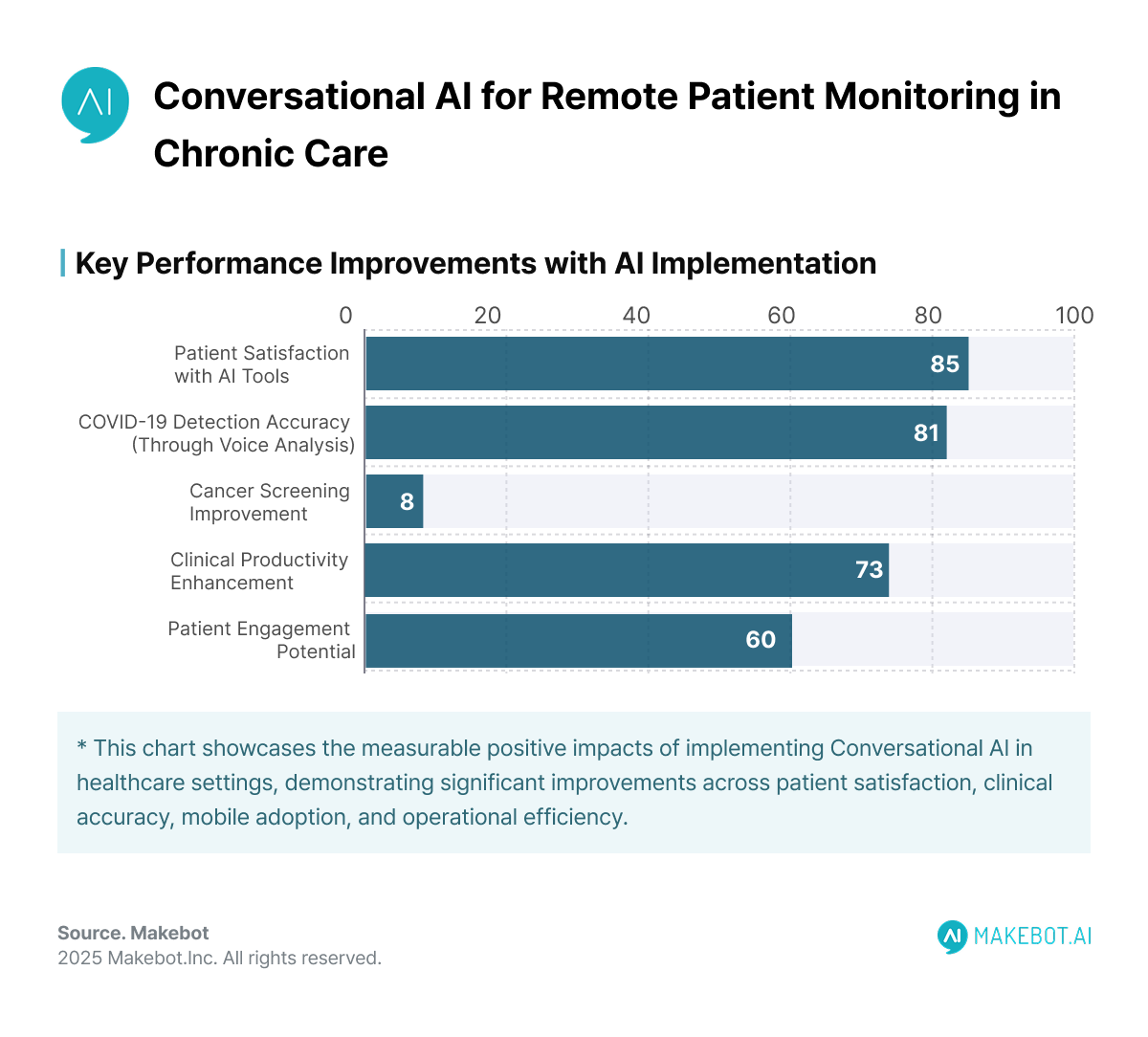
Chronic Care Management
Cardiovascular Disease Management
Conversational AI systems have demonstrated remarkable success in cardiac care. These systems can:
- Monitor heart rate variability patterns that indicate early cardiac events
- Provide medication reminders with context-aware timing based on patient routines
- Conduct symptom assessments through natural conversation flows
- Trigger emergency protocols when critical thresholds are exceeded
Diabetes Management
For diabetes patients, conversational AI offers comprehensive support that goes beyond blood glucose monitoring. Studies show that not taking medicine as advised is a big problem in the U.S., with about half of patients not following their prescribed medicine schedules, causing about 125,000 deaths each year and raising healthcare costs.
Respiratory Disease Monitoring
The COVID-19 pandemic accelerated development of AI systems for respiratory monitoring, with platforms like Vocalis achieving 81.2% accuracy in detecting COVID-19 through voice analysis alone. These systems now support:
- Chronic Obstructive Pulmonary Disease (COPD): Continuous monitoring of respiratory patterns and medication usage
- Asthma Management: Environmental trigger identification and preventive medication timing
- Sleep Apnea Detection: Analysis of breathing patterns and sleep quality metrics
Overcoming Barriers to AI Integration in Healthcare: Challenges and Solutions. Read more here!
The Next Frontier in Patient Engagement
Generative AI represents the latest evolution in conversational healthcare technology, offering capabilities that extend far beyond traditional chatbots. According to Statista, 73% of U.S. healthcare leaders in 2024 believed generative AI enhances clinical productivity, and over 60% saw strong potential in patient engagement and administrative workflows.
Mobile Health Adoption Statistics
The widespread adoption of mobile health technologies provides a strong foundation for conversational AI implementation. The number of patients using mobile devices for healthcare increased dramatically from 35,000 in 2013 to 7 million in 2018. Current statistics show that 91% of Americans own smartphones, with 76% of American adults with household incomes of less than $30,000 owning smartphones - significantly higher than households of similar income with broadband access.
Dynamic Content Generation
- Create personalized educational materials based on patient literacy levels and cultural backgrounds
- Generate treatment summaries in multiple languages with medical accuracy
- Develop customized care plans that adapt to changing patient conditions
Advanced Conversation Management
- Maintain context across multiple interactions spanning weeks or months
- Understand nuanced medical terminology and patient-specific references
- Provide empathetic responses that acknowledge patient emotions and concerns
Clinical Decision Support
- Synthesize complex medical guidelines into patient-friendly explanations
- Analyze vast amounts of medical literature to provide evidence-based recommendations
- Generate clinical notes and documentation that integrate seamlessly with EHR systems
Operational Impact and Cost Effectiveness
Healthcare organizations implementing conversational AI for RPM report significant operational improvements:
Staff Productivity and Workflow Optimization
- Administrative Burden Reduction: More than half of doctors say that AI helps by cutting administrative work. Staff typically spend about 20% of their time on tasks that AI could handle
- Time Savings: Clinics can save more than 15 hours per week on average through automation.
- Call Center Efficiency: A healthcare center in Arizona called Adelante Healthcare used AI phone and text systems and saw a 7.5% rise in colorectal cancer screenings
Patient Engagement Metrics
- 24/7 Availability: Patients can access support outside office hours through conversational AI systems. Patient satisfaction with AI tools ranges from 80 to 90%
- Appointment Adherence: No-show rates decrease through automated reminders and rescheduling
- Treatment Compliance: Medication adherence rates improve with personalized AI coaching
Financial Returns
Organizations typically see positive ROI within 6-12 months. Key cost reductions include:
- Reduced Hospitalizations: Early intervention through AI monitoring prevents costly emergency admissions
- Optimized Resource Allocation: Predictive analytics help healthcare systems allocate staff and resources more efficiently
- Decreased Readmissions: In the U.S., about 14.5% of patients return to the hospital soon after leaving, causing more costs and affecting care quality
Real-World Implementation Examples
TQ Intelligence
TQ Intelligence uses voice + AI technology to collect information from voice samples to help therapists treating children and adolescents with mental health issues. The company was awarded a National Science Foundation (NSF) Small Business Innovation Research Phase II grant for $1 million in November 2021.
Adelante Healthcare
Adelante Healthcare used AI phone and text systems and saw a 7.5% rise in colorectal cancer screenings, demonstrating how automated messages help with scheduling and encourage regular check-ups.
Vanderbilt's "Hospital at Home" Program
Vanderbilt's program provides RPM as an affordable option for those undergoing short-term treatment that would otherwise be in a dedicated medical facility, such as those requiring administration of IV antibiotics.
NHS Lothian Success Story
NHS Lothian in Scotland partnered with Flok Health to pilot an AI-powered physiotherapy app. Over 1,000 NHS staff with back pain self-referred for same-day, virtual AI physio sessions. The system triaged 97% of patients and approved 92% for immediate treatment, with 86% seeing symptom improvement and 57% preferring the AI experience over traditional care.
Future Trends and Emerging Technologies
The future of conversational AI in RPM is shaped by several emerging trends:
Advanced Biomarker Detection
The NIH Common Fund's Bridge to Artificial Intelligence (Bridge2AI) program plans to invest $130 million over four years to accelerate the widespread use of artificial intelligence. The "Voice as a Biomarker of Health" project received $3.8 million with subsequent funding over three years of up to $14 million.
Personalized Medicine Integration
AI will enable truly personalized healthcare by:
- Genomic Data Analysis: Incorporating genetic information into treatment recommendations
- Pharmacogenomics: Predicting drug responses based on individual genetic profiles
- Precision Dosing: AI-optimized medication dosing based on real-time patient response
Regulatory Evolution
Healthcare regulations are adapting to AI technologies:
- FDA AI/ML Guidance: Evolving frameworks for AI medical device approval
- Reimbursement Models: New CPT codes and payment structures for AI-powered care, including codes G0322 and G0511 for RPM services
- International Standards: Global harmonization of AI healthcare regulations
Transformative Potential of Conversational AI
The integration of Conversational AI with Remote Patient Monitoring represents a paradigm shift in Chronic Care Management, offering unprecedented opportunities to improve patient outcomes while reducing healthcare costs. As these technologies mature, they will become increasingly sophisticated, providing more accurate predictions, more personalized interventions, and more seamless integration with existing healthcare workflows.
Healthcare organizations that embrace these technologies early will be best positioned to deliver high-quality, cost-effective care in an increasingly complex healthcare environment. The evidence is clear: conversational AI is not just a technological novelty but a fundamental tool for transforming chronic disease management in the 21st century.
The future of healthcare lies in the intelligent automation of routine tasks, the personalization of patient interactions, and the continuous monitoring of patient health outside traditional clinical settings. Conversational AI for Remote Patient Monitoring is making this future a reality today, one patient interaction at a time.
Revolutionize Chronic Care with Makebot’s Conversational AI for Remote Patient Monitoring
Healthcare is evolving—and Makebot is leading the transformation. Our advanced Conversational AI and LLM-based RPM solutions enable real-time patient monitoring, personalized engagement, and AI-driven clinical support across chronic care settings.
From voice biomarker detection to seamless EHR integration, Makebot delivers the intelligent automation healthcare providers need to scale chronic care and reduce costs.
🔗 Learn more at www.makebot.ai
📧 Contact us at b2b@makebot.ai
Transform patient care—partner with Makebot today.

Studies Reveal Generative AI Enhances Physician-Patient Communication



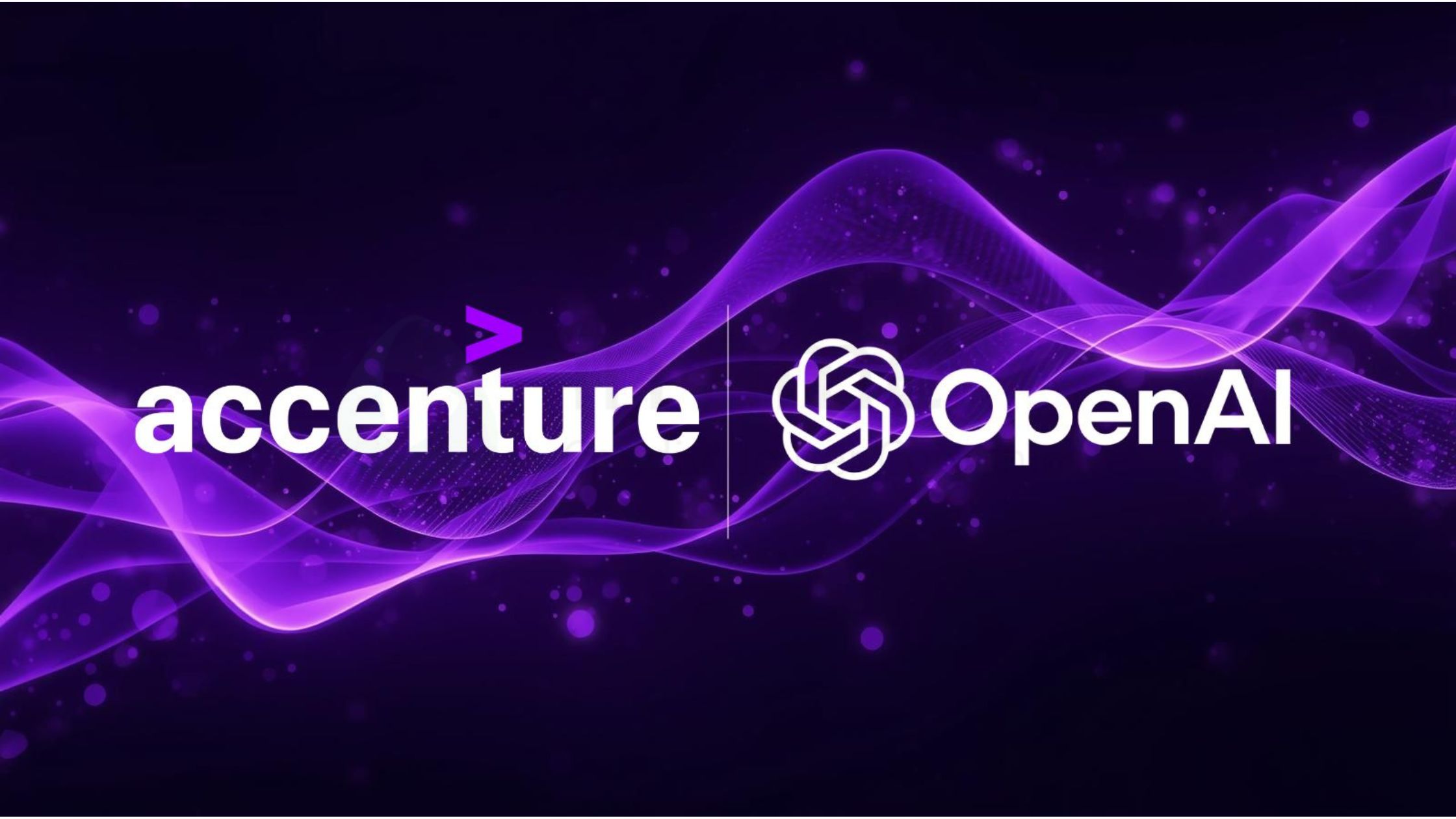










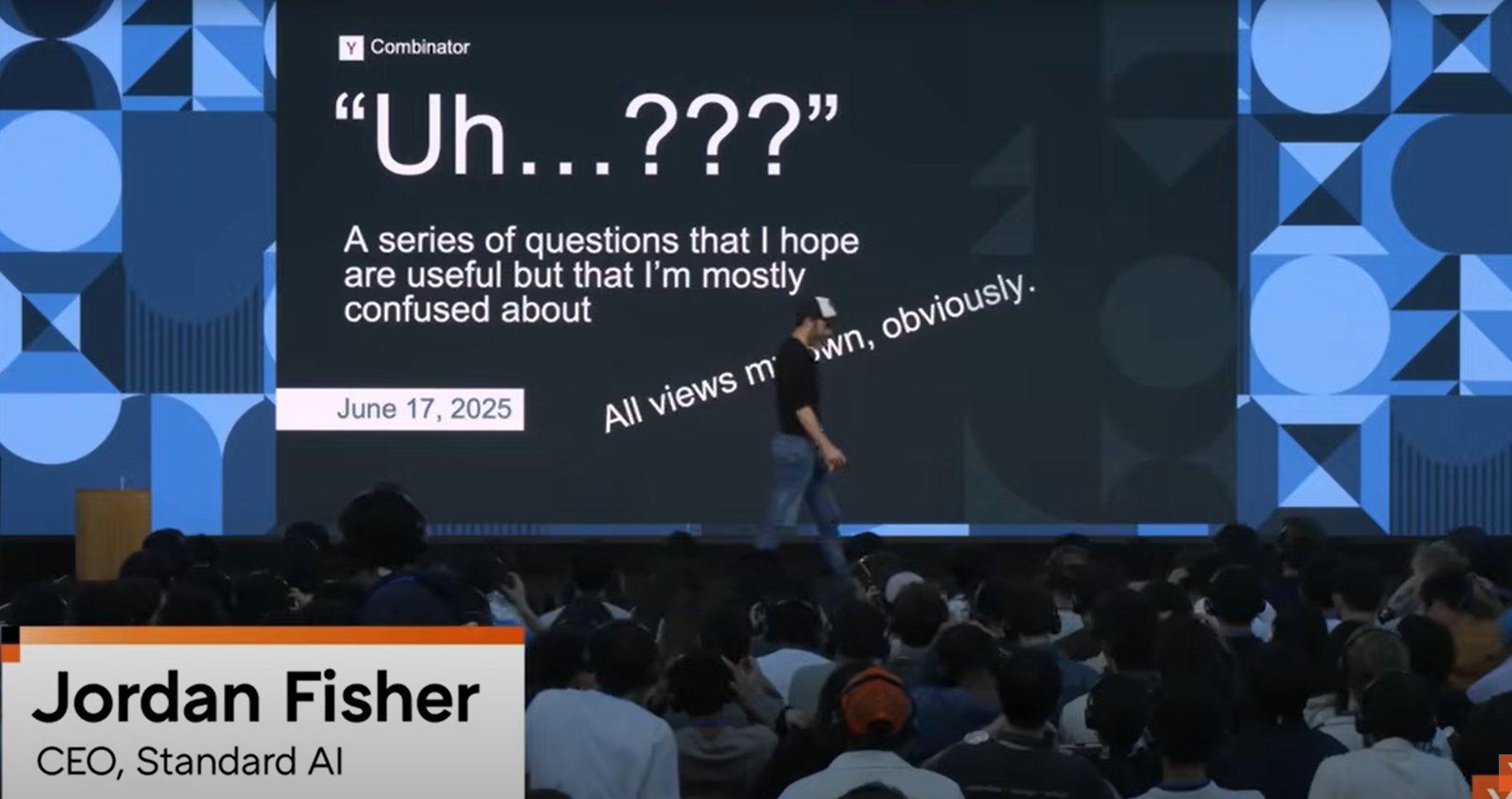



















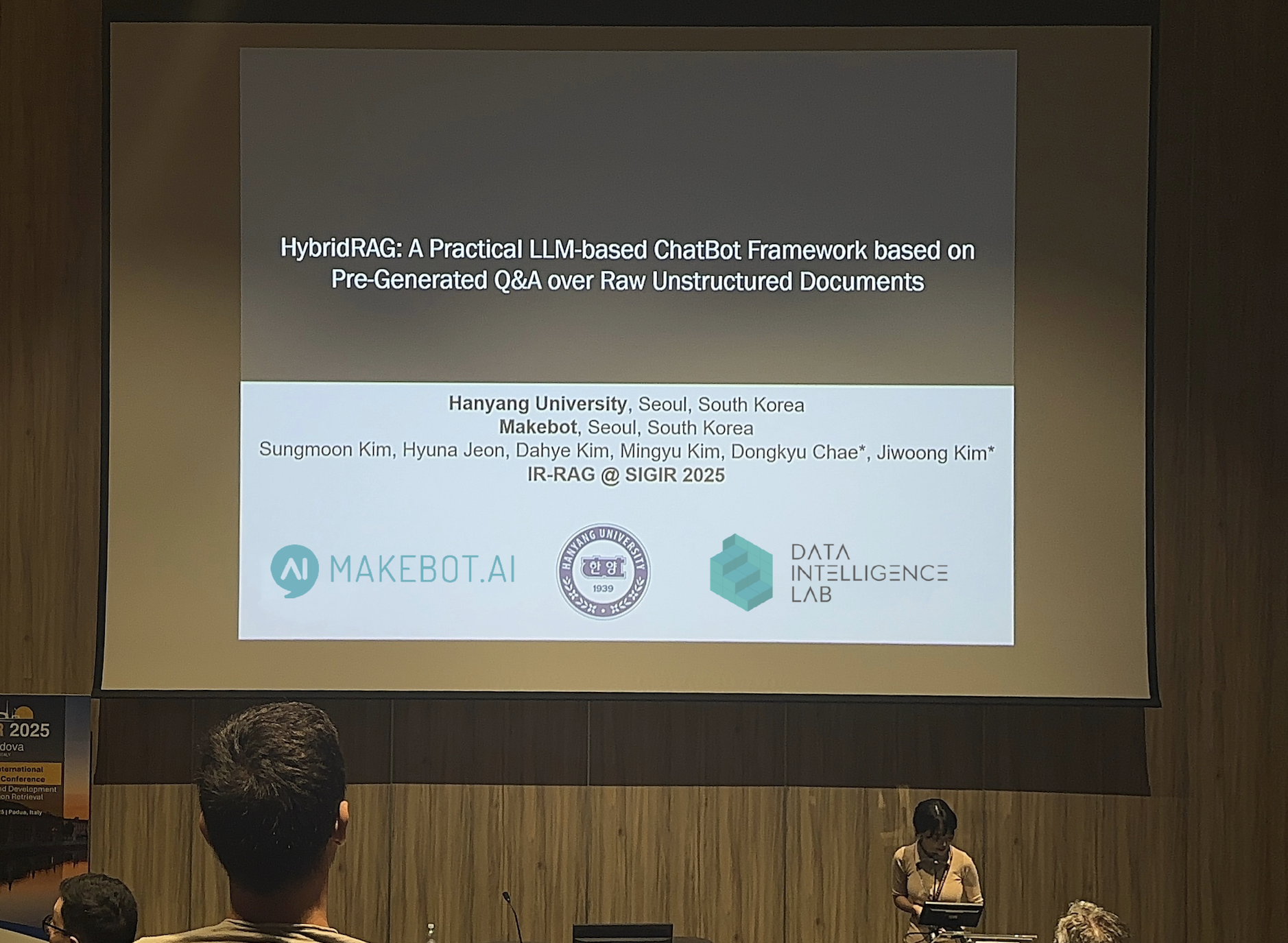









_2.png)


















.jpg)


































